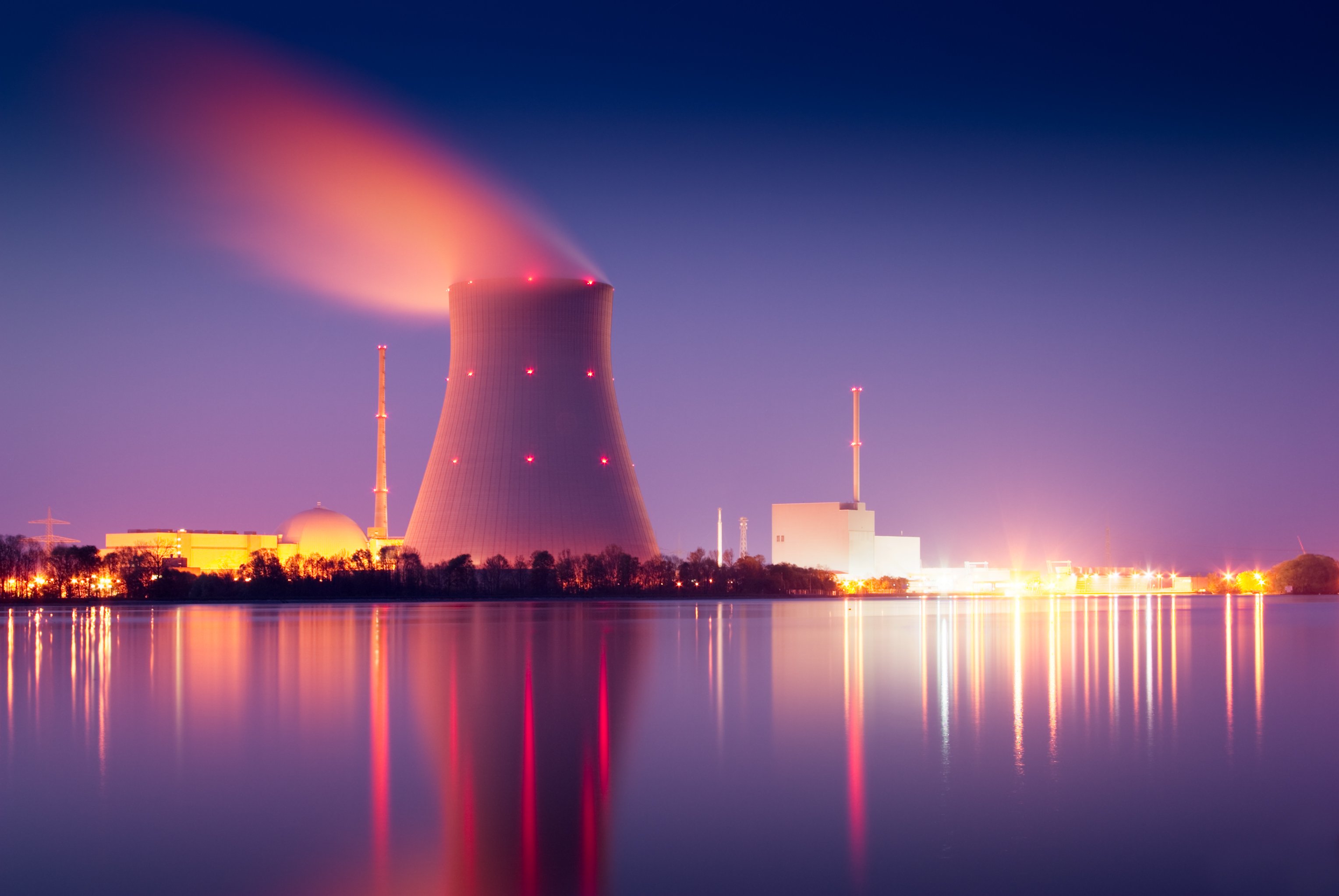Utilities in the U.S. are between a rock and a hard place when it comes to the future of energy. The rapidly falling cost of wind and solar energy have created a condition where wholesale power plants are going bankrupt because they can't compete in the market.
At the same time, utilities are changing the way they charge customers, creating the conditions that will push customers to install energy storage and consume energy created from rooftop solar-power systems. And in a world where electricity consumption is stagnant in the U.S., the future looks bleak for the utility industry.

Image source: Getty Images.
Why wholesale markets are in trouble
Over the last decade, there's been effectively zero electricity demand growth across the U.S. At the same time, new wind and solar farms that are cheaper than existing power generation resources have been built, eating up demand that used to go to wholesale market players.
This is a problem for wholesale power producers because they're bidding into a market where renewable energy usually gets first priority to the grid and it has a marginal cost of zero. Once a renewable energy power plant is built it's going to supply energy, whether it's needed or not.
Companies like NRG Energy (NRG +1.14%) and Calpine (NYSE: CPN) have reported massive losses as a result of the collapse of the wholesale market and have been forced to look for strategic alternatives. Wholesale arms of major utilities like Edison International (EIX +1.15%), Duke Energy (DUK +0.58%), and Exelon (EXC +0.98%) have been forced to adapt as well. Most have begun buying their own renewable energy assets and attempting to reduce their exposure to wholesale markets. But there's no good solution to the loss of wholesale power as an earnings driver.
Regulated utilities aren't faring much better
On the regulated utility side, there are similar challenges. Customers in areas with net metering have found that it's cheaper to install solar panels on their roofs and offset as much as 100% of their energy demand from the grid. This has the effect of lowering overall electricity demand and has helped drive slowing demand growth.
As a response, utilities have begun to ask regulators to change rate structures. In some states, time of use rates that adjust to wholesale power prices are being put in place, others are adding fixed charges, and others have charges specific to rooftop solar-power systems. The idea is to make the economics of rooftop solar less appealing, keeping people buying energy from the grid.
In reality, changing rate structures may make solar plus energy storage more appealing for homeowners. Tesla's (TSLA 0.39%) solar panels and Powerwall are already a leader in the space and Vivint Solar (VSLR +0.00%), Sunrun (RUN 2.01%), and SunPower (SPWR +0.00%) are all expanding solar plus storage offerings. As solar plus storage options become economically viable in states across the country, the technology will expand and suck even more demand from utilities. There's really no way to fight back against solar plus storage either. Utilities can't force customers to buy electricity from them and the algorithms behind energy storage systems will adapt to maximize value as quickly as utilities change rate structures. Utilities are battling fast moving upstarts and trying to compete with a behemoth business model that hasn't changed in a century.
Innovation is happening faster than utilities can adapt
Utilities can see these challenges coming. Rooftop solar has been growing for a decade and wholesale power markets have been getting worse for years. But utilities also aren't adept at changing course quickly, traditionally relying on their monopoly business model to remain profitable. With the energy business changing rapidly and with new technologies like solar, energy storage, and electric vehicles growing, utilities will have to adapt to their capabilities. I'm afraid utilities' responses thus far are actually creating the conditions of their own demise.











